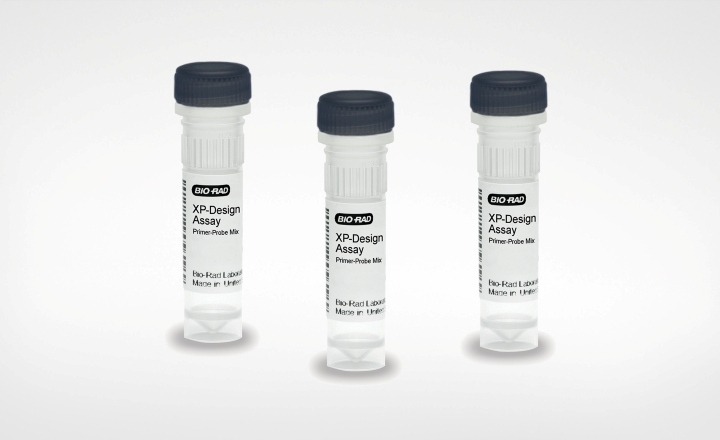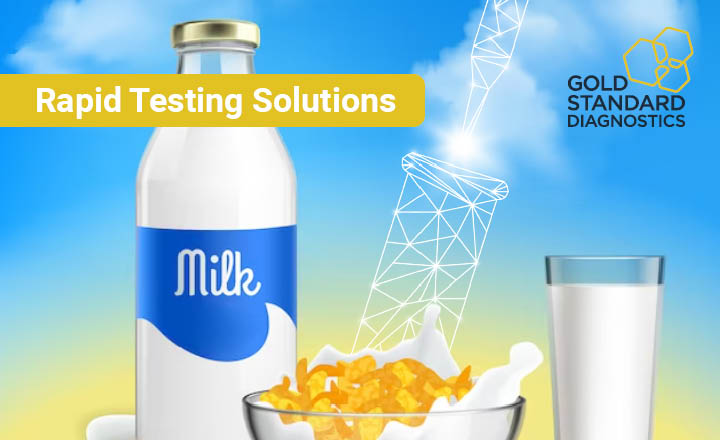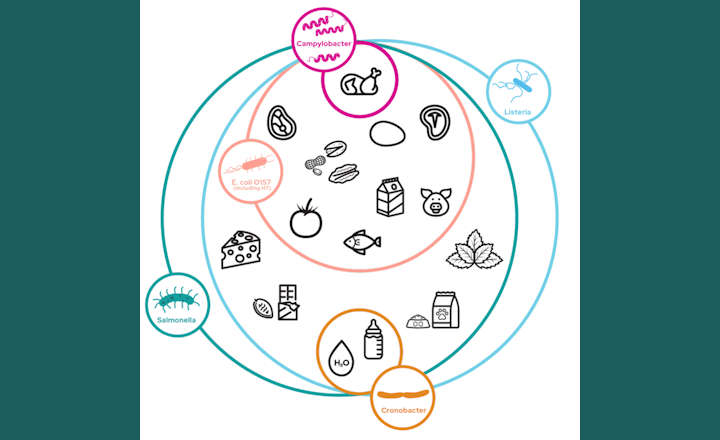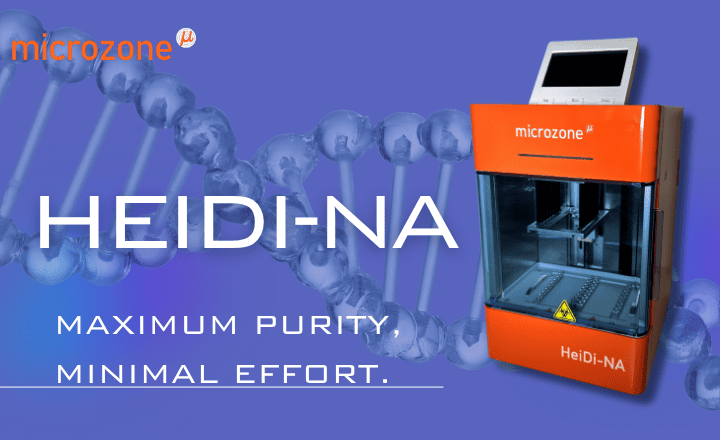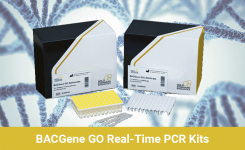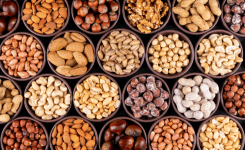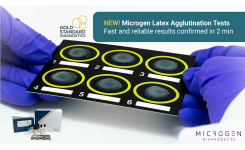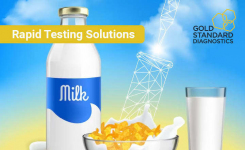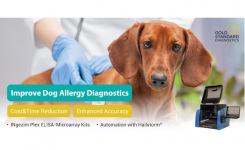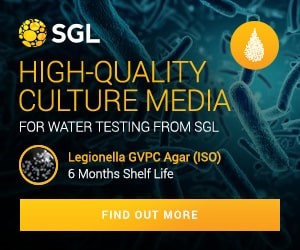
Testing for foodborne pathogens like Salmonella and Listeria via molecular biological methods e. g. via real-time PCR involves three main steps: Enrichment, DNA extraction, and PCR.
In the case of a presumptive positive PCR result, an additional step is required: Cultural Confirmation. The biggest potential for a significant reduction in turn-around time (TAT) lies with the primary enrichment step. As this usually requires several hours or even up to one day, during which the target organisms are grown to reach the limit of detection (LOD) of the chosen test method. Where even low levels of viable bacteria are present, an appropriate enrichment step will significantly increase the target concentration, ensuring a clear positive PCR result.
So, what is the reason for having late Cq-values, which in some cases can’t even be reproduced? Did the enrichment step not allow the bacteria to grow to high enough levels leading to borderline DNA concentrations for the method's LOD? Was there no bacteria present which could be grown? But then, what is causing the weak positive PCR signal?
PCR methods are designed and optimized to specifically detect even the lowest concentrations of target DNA. Understanding the origin of this target DNA is key to answering these questions: Was the detected DNA extracted from a viable pathogen or was it already present in the sample e.g. coming from dead cells? Comparing the result of a molecular test before and after the enrichment step will in many such cases answer that question.
Suitable enrichment conditions are essential in order to promote bacterial growth and to enable discrimination between presumptive positive PCR resulting from viable or from dead target organisms. It is only in the first case the target concentration will increase. However, the industry pushes for TAT reduction, and it is becoming more and more challenging to ensure good bacterial growth, especially in case of high-stress levels due to challenging conditions like the heating step during the processing of the food itself.
Another possibility without giving up on shorter enrichment times is to remove the free DNA prior to the actual DNA extraction from potentially present viable pathogens. Enzymatic methods like the PREraser BACGene Solution, allow for the digestion of up to 109 cp/rxn of free DNA in a simple pre-treatment step. It can easily be integrated into the workflow without adding too much additional time and costs.
In food microbiology, the most important task is the detection of viable and therefore potentially infectious pathogens, even at low concentrations. When encountering late Cq-values, the likelihood that this result is due to free DNA rather than the presence of a low concentration of the viable organism is higher. However, there is still a small chance that a true positive is present. With molecular solutions like PREraser this can be confirmed without waiting for the test results of the conventional cultural methods.



